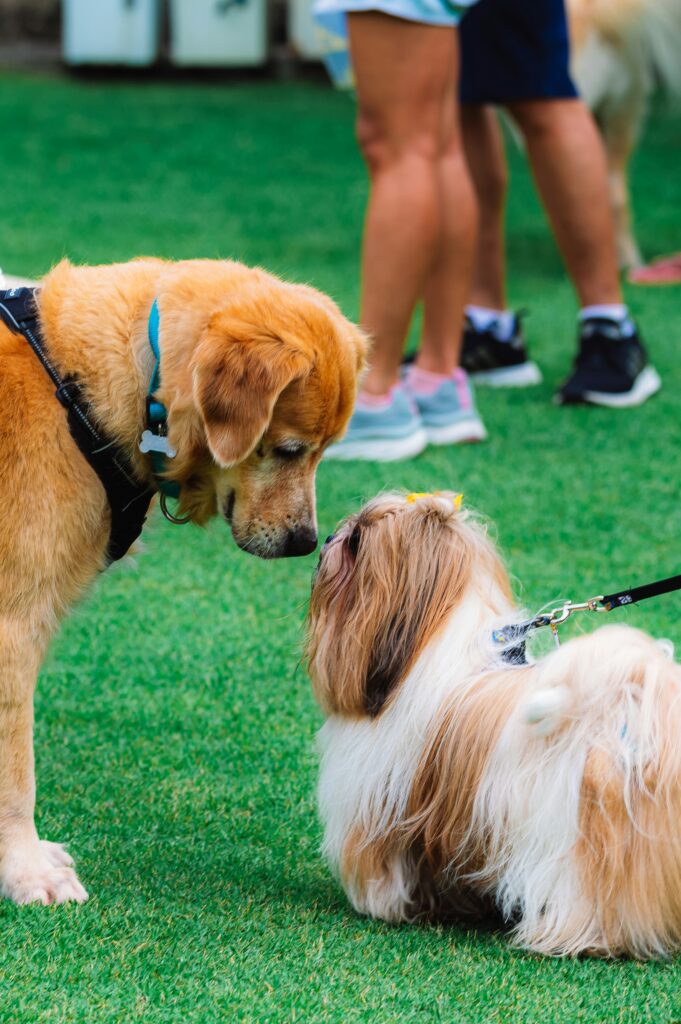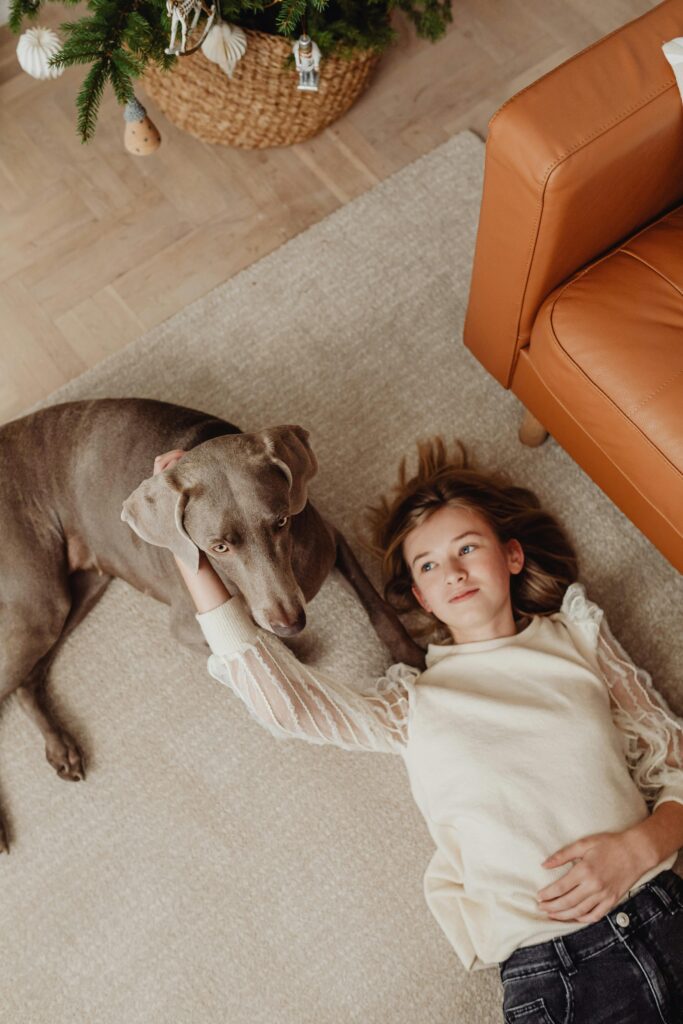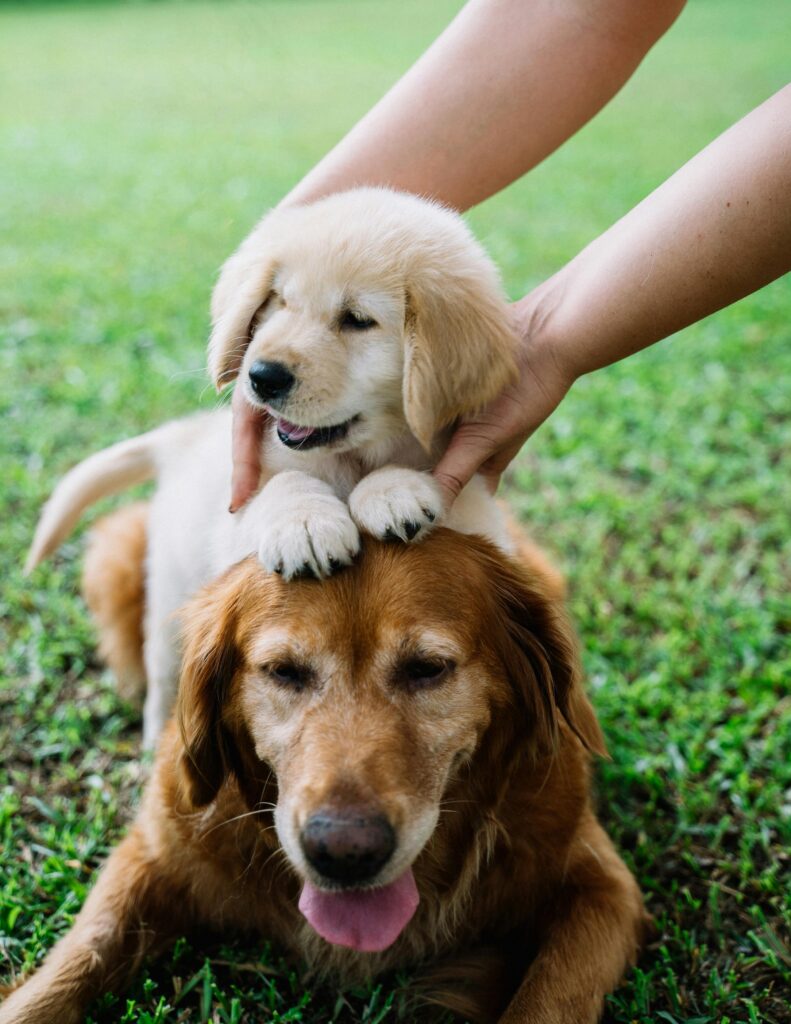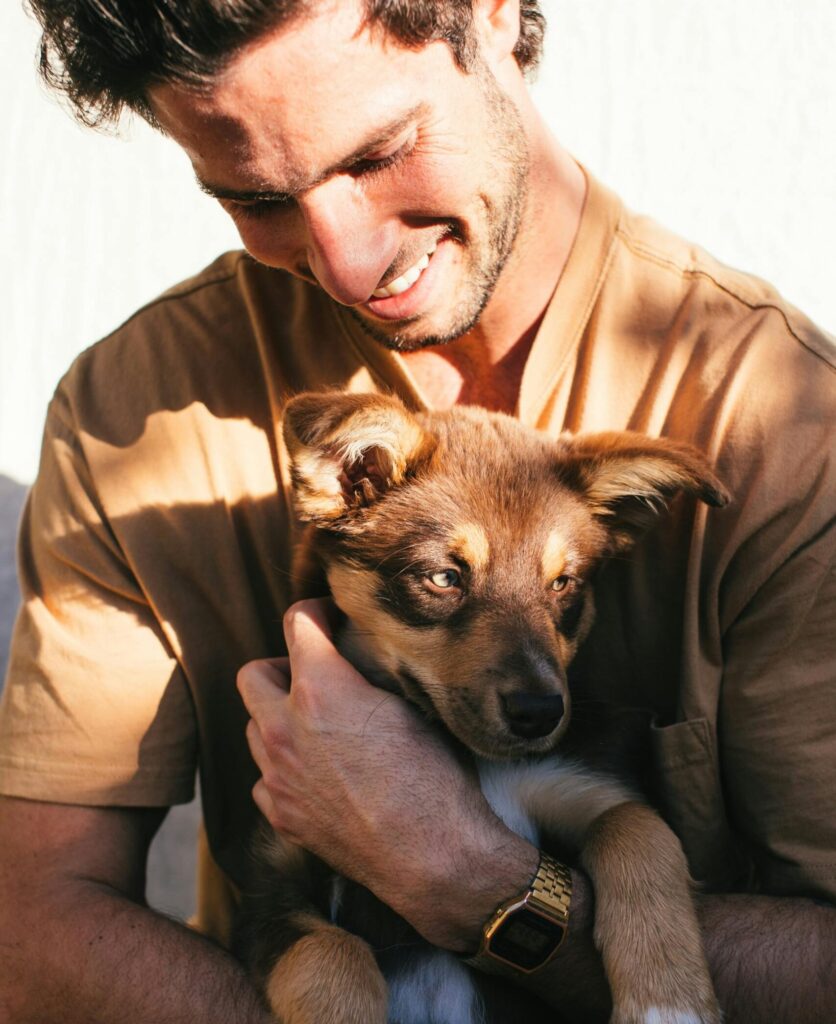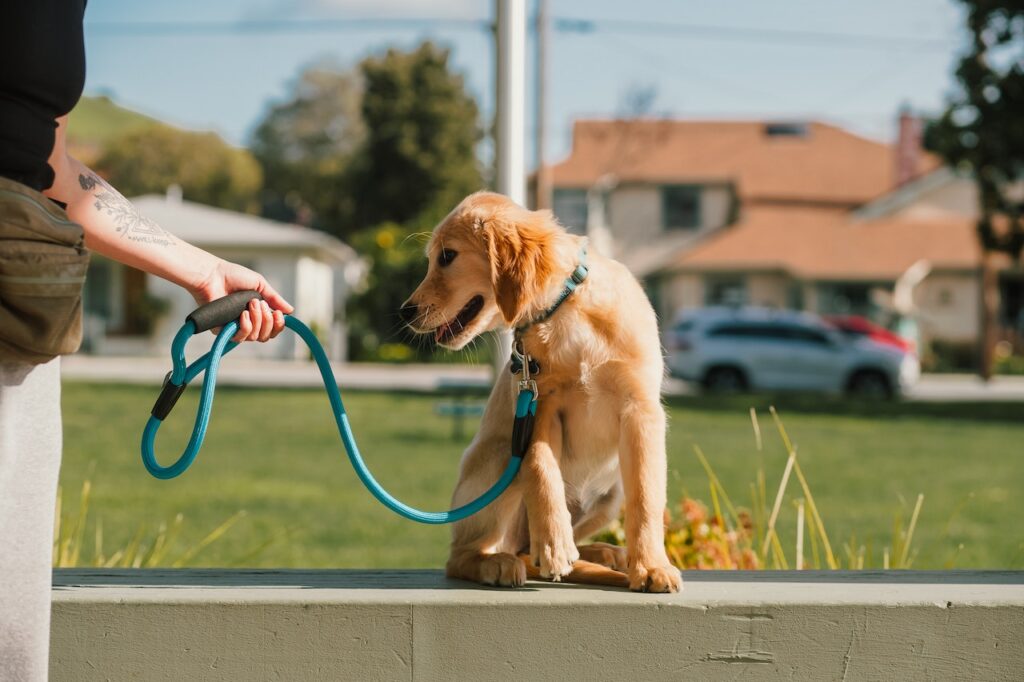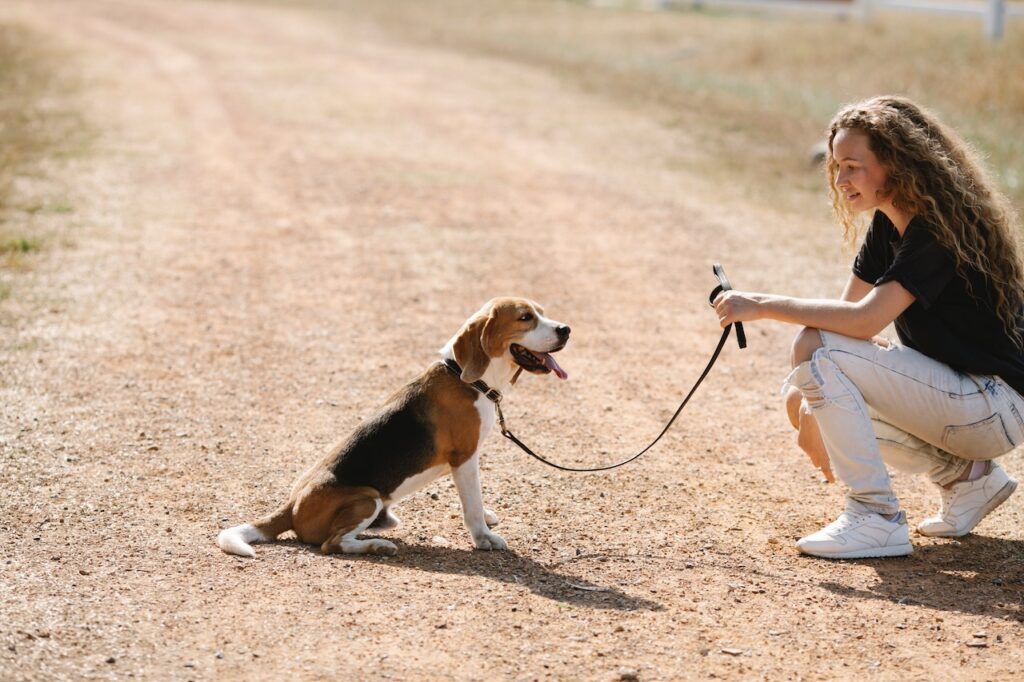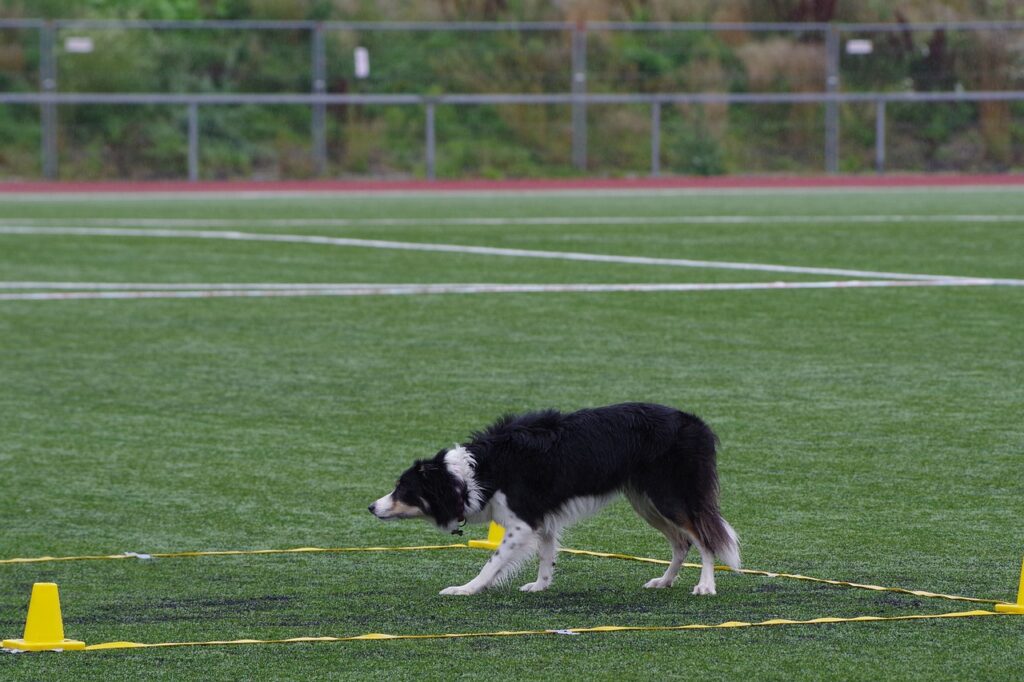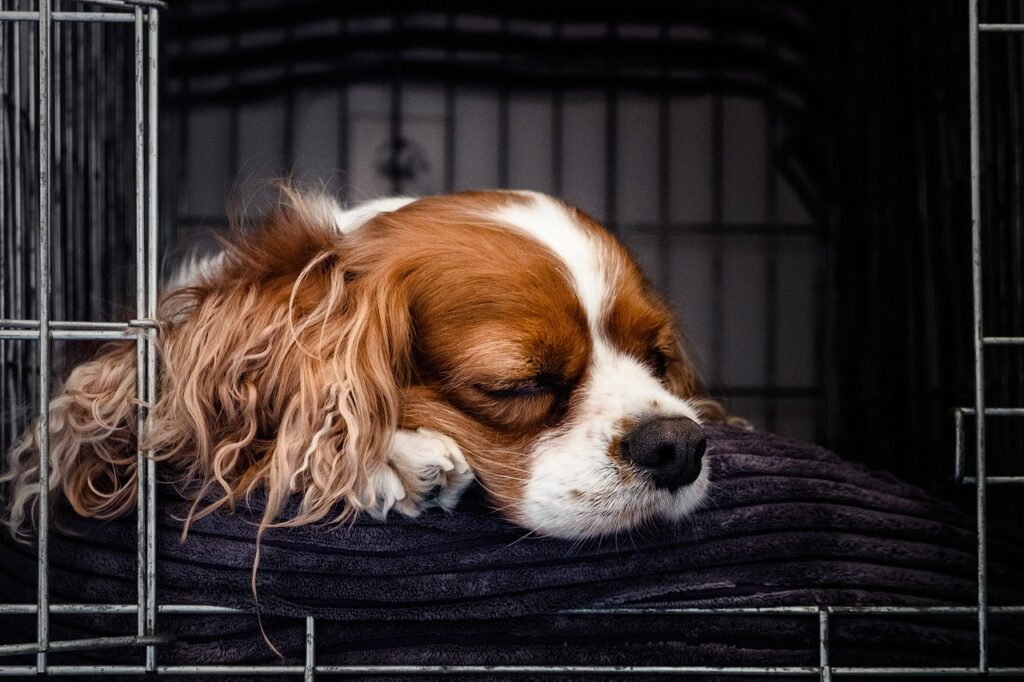How to Introduce Your Puppy to Your Older Dog
Bringing home a new puppy is an exciting time, but it can also be nerve-wracking for your existing dog. After all, they’ve been the reigning champion of your love and attention! To ensure a smooth introduction and a harmonious future for both pups, some preparation is key. Preparing Your Champion: Brush up on obedience: Before the puppy arrives, refresh your older dog’s training on basic commands like sit, stay, and come. This will help maintain order when the new arrival throws things into a tizzy. There are several books that we recommend for training on our site (click here). Create a safe space: Set up a crate or a puppy playpen for the new arrival. Before the puppy comes home, your older dog can have a chance to explore this “new” addition to the home before. It can give them an idea that change is coming and then will feel less overwhelmed with the addition of a puppy and all of its things. Once the puppy comes home, the playpen will provide a space for them to feel secure and allow you to control interactions with your older dog. Sniffing with a Barrier: Before face-to-face greetings, let the dogs sniff each other through a baby gate or a closed door. This allows them to get accustomed to each other’s scent in a controlled way. The Big Introduction: Stay Calm: A calm demeanor from you sets the tone for the interaction. Do not raise your voice or use an excited voice when talking to either. Anxious energy can make your older dog feel threatened. Neutral Territory: If possible, have the first meeting on neutral ground like a park, keeping both dogs on leashes. This can help establish a more playful and less territorial vibe. We recommend introducing them in a safe space with the ability to be off leash after the initial sniff test. Respectful Greetings: Allow the dogs to approach each other cautiously. Let sniffing happen naturally, and avoid forcing any interaction. If the sniffing starts to become aggressive or one of the pups looks distressed then separate and wait before reengaging them. Living Together: Separate Meals and Snuggle Time: Feed the dogs in separate bowls and supervise playtime. This can help prevent resource guarding and ensure both pups feel secure. Focus on spending time one on one with each dog to make sure they feel connected and important. Crate Time for Solo Breaks: Schedule crate time for both dogs throughout the day. This provides each pup with some much-needed alone time to relax and de-stress. Puppies need plenty of rest as they are growing so allow for nap times during the day. Supervised Playtime: Supervise all play sessions, ensuring it stays gentle and playful. Separate the dogs if things get too rough. Listen to them as they play to notice if their sounds are getting too escalated. For instance, if one of them starts to snap or growl out of too much excitement or trying to tell the other to stop. What if They Don’t Get Along? Don’t Force It: If your older dog seems fearful or aggressive, don’t force interaction. Separate them and reintroduce them slowly over time. This can take several weeks for the older dog to welcome the new one to their home so remember be patient with both. Seek Professional Help: Consider consulting a certified animal behaviorist for guidance on creating a positive and safe environment for both dogs. Remember: Introducing a new puppy takes time and patience. By following these tips and creating a positive atmosphere, you can help your furry family members adjust and become the best of buds.
How to Introduce Your Puppy to Your Older Dog Read More »

